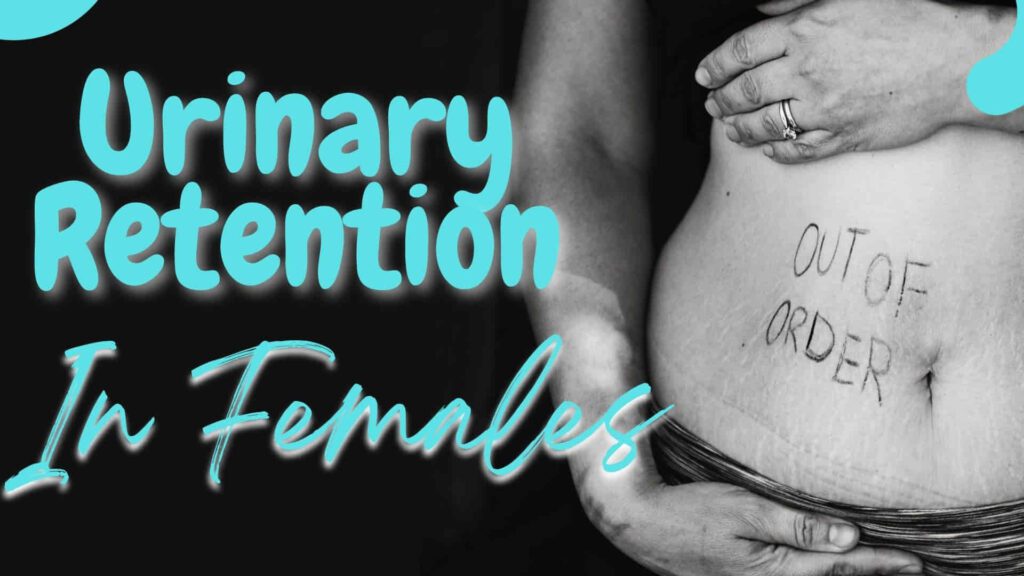Table of Contents
Introduction.
A crucial choice throughout pregnancy is how you want to birth your child. The thought of labor contractions causes many pregnant women to become pale.
Additionally, they could become overloaded with well-intended counsel from their loved ones. One such suggestion that keeps coming up is to give birth in the water to ease labor discomfort.
Let’s examine this birthing method in more detail to determine if it is sufficient to control labor discomfort effectively.
What is Water Birthing?
We must learn more about water childbirth to determine if it is the best method for controlling labor pains. A deep bath or “birthing pool” is used in the ancient practice of “water birthing,” which involves giving birth in water.
According to the current definition, water birth is any labor or delivery in or near a warm water pool. It is carried out under the supervision of a medical professional, like a doctor or midwife.
Water childbirth was first mentioned in 1805, gaining popularity in the 1980s and 1990s. Water birthing is the idea of creating a birthing environment compared to the uterine environment. This is supposed to lessen the baby’s transition out of the womb and relieve the mother’s labor-related stress.
Water immersion (in temperature-controlled water) during the early stage of labor, when your contractions begin, but your cervix is not fully dilated, can help reduce pain and give you a sense of control.
There is no conclusive evidence. However, studies have suggested that giving birth in water may reduce the likelihood of serious vaginal tearing.
During stage two of labor, when your cervix is dilated, and you start pushing to deliver your baby, you can exit the birthing pool or have your baby in the water. You can be asked to leave the pool to give birth if the doctor believes there is a risk of complications.
What Makes Water Birthing a Good Birthing Technique?
A tried-and-true method for reducing labor discomfort is to submerge oneself in water. Additionally, some ladies report that having a baby in the water gave them a greater sense of seclusion and calmness.
Warm water is believed to promote relaxation, lower stress levels, and boost the release of endorphins, activating the body’s natural pain-fighting defenses. Additionally, this decreases the mother’s blood pressure, which may have increased due to her fear.
Water has occasionally provided women more energy as their labor progresses. The buoyancy of the water encourages more effective uterine contractions and enhances blood flow to the uterine muscles. This results in less discomfort for the mother and more oxygen for the baby.
Additionally, the water relaxes and increases the elasticity of the perineum, lowering the possibility of serious tearing during delivery. The perineum is the region between the anus and the vaginal entrance.
During labor, perineum tears are typical, especially for larger or multiple babies. There are four classifications that the tear can fall under depending on its size. Grade 1 and grade 2 perineum tears heal independently, whereas grade 3 and grade 4 perineum tears require surgical intervention.
Therefore Many ladies claim that labor pains were greatly reduced when they were submerged in water. The mother’s labor pains are more tolerable by the water’s ability to relax her muscles.
But every woman’s experience with pregnancy and childbirth is unique. And having a baby in water does not eliminate labor pains. While some women may have virtually no pain while giving birth in the water, others might need to leave the pool to access other pain-relieving options.
What are Some of the Risks of Water Birthing?
There is insufficient evidence to conclude that giving birth in water is riskier than giving birth on land. Understanding the advantages and risks of water delivery requires more research.
But before choosing a water birth, it’s crucial to understand that water makes it difficult to use an electronic fetal monitor continuously. Therefore, only low-risk pregnancies can use this birthing method.
Hospitals follow stringent guidelines established by medical authorities to ensure the cleanliness of their birthing pools. There are a few exceptions, notwithstanding the lack of statistical proof that water delivery raises the baby’s risk of contracting an infection.
Water birthing is unquestionably a choice you should look into more closely if you have a straightforward, problem-free pregnancy and are leaning toward a natural birth with alternative, conservative pain management.
Conclusion.
As you begin a new adventure in life, parenthood for a couple is one of the memorable events. One of the most important factors that everyone is concerned about is the type of delivery, and while water birthing may seem like a good alternative, it may not be suitable for everyone.
References.
Burns EE, Boulton MG, Cluett E, et al. 2012. Characteristics, interventions, and outcomes of women who used a birthing pool: a prospective observational study. Birth 39(3):192-202
NCT. nd. Use of water birthing pools in labour. National Childbirth Trust. www.nct.org.uk [Accessed September 2016]
Harper B. 2012. Seven secrets of successful water birth. Essentially MIDIRS 3(5):32-6
Torkamani SA, Kangani F, Janani F. 2010. The effects of delivery in water on duration of delivery and pain compared with normal delivery. Pak J Med Sci 26(3):551-5



